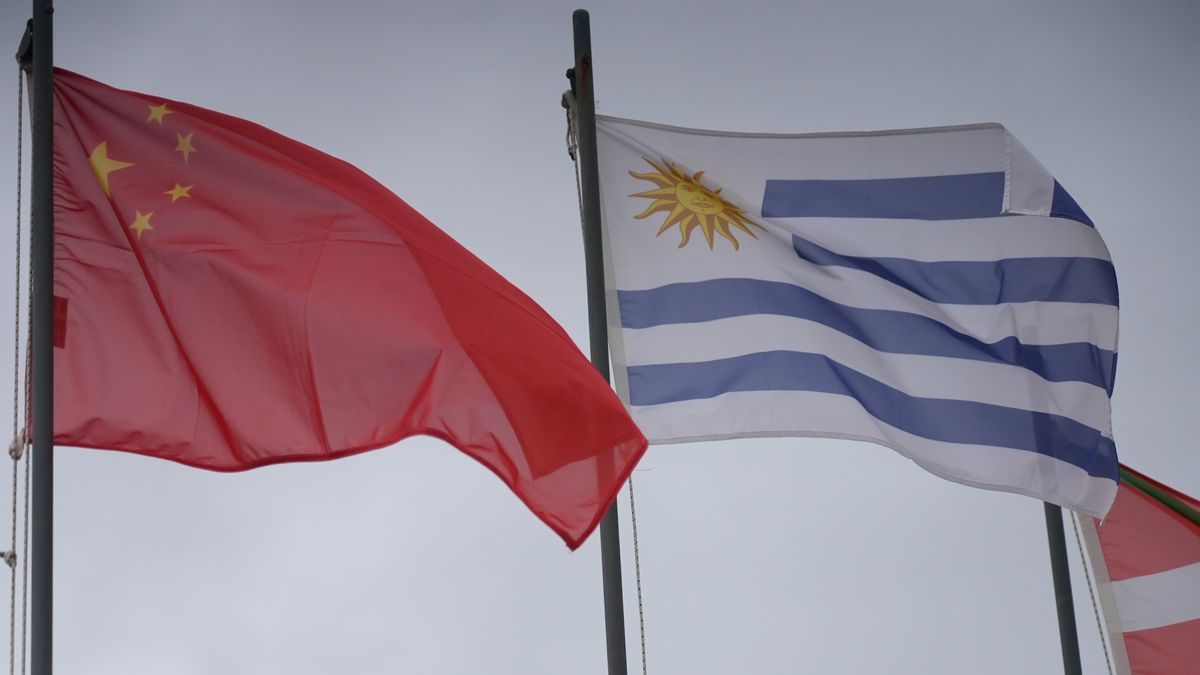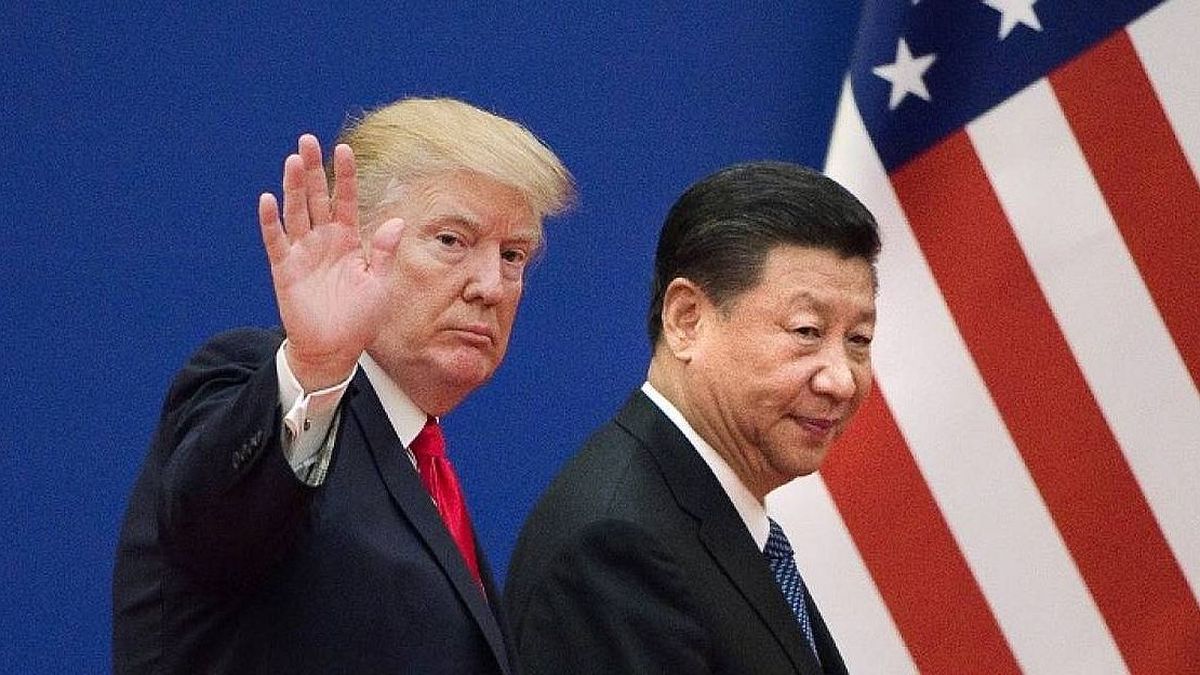He International Monetary Fund (IMF) warned of an upcoming “exhaustion” of the economic recovery of China and warned about the impact that the deterioration of its growth prospects may have on the development of its commercial partners. What could happen in Uruguay, whose economy is dependent on the relationship with the Asian giant?
That China going through moments of certain uncertainty in the medium term is not new, nor is it something extremely recent: 2023 was a year of stagnation in one of the world’s main economies, dragging along the problems of a late impact of the Covid-19 pandemic after the inevitable opening of the country and a slow reactivation of consumption. However, in recent months, the dynamization of domestic demand opened a window of growth that allowed the year to close with an improvement of 5.2% in Gross Domestic Product (GDP)in line with expectations.
With the April update of the World Economic Outlook, the IMF maintained its projections for Chinese growth at 4.6% for 2024, below the government’s expectations Xi Jinping, which places them at 5%. In any case, the economic recovery would be close to its “exhaustion.”
This is due, according to experts from the international organization, to the pressure on the real estate sector, in crisis since 2020 due to the tightening of credit access conditions for developers – with the aim of reducing their debt -, which has brought important companies to the brink of bankruptcy and speculation among potential buyers in the midst of a context of price drop. “In the absence of a comprehensive response to a struggling real estate sector, growth could dry up,” the Fund warned.
Although this growth estimate could be improved in light of the growth data of China in the first quarter of the year, which was a surprising 5.3% year-on-year —the publication of local information coincided with that of the outlook for the IMF—; There are concerns about the “contagion effects” that the expected stagnation would mean for the Asian power’s trading partners.
The impact of Chinese stagnation in Uruguay
In Uruguay For some time now we have been looking, no longer out of the corner of our eye but completely head-on, at the situation in China. The weakness of the Asian giant’s domestic demand directly impacted local exports, dragged down by the significantly lower shipments of beef, soy and dairy products in the Chinese market, with a general drop of 35% during the second half, according to data from the Institute of International Business (INI) of the Catholic University of Uruguay (UCU).
Therefore, the possibility of new internal shocks or, if nothing else, stagnant growth in Beijing generates concern in the country for this same reason. This is also noted by the IMF, which warned about the important impact of an unfavorable economic context in the emerging markets of the G20 on the economic activity of other countries integrated into the same value chains.
Although this is an opportunity for expansion into other markets, in countries dependent on the relationship with China the blow could be felt stronger, especially at the beginning. Something also noticed by the Economic Commission for Latin America (ECLAC) at the end of 2023, due to the volatility of commodity prices and the low demand for raw materials by the Asian giant.
For Uruguay, who still insists on achieving a Free Trade Agreement (FTA) with the Xi Jinping administration—with a recent trip by the president Luis Lacalle Pou to Beijing included—even though trade has decreased in the last year and a half, whatever happens with China could be key: with around 27% of its exports directed to Asian territory and the relevant role that the export of goods plays in economic activity, the slowdown in Chinese growth will also be decisive for Uruguayan growth.
Meanwhile, the balance of trade with that country it continues to deteriorate, and for several months now it has been in second place among export destinations, despite the strategic alliance signed by the leaders of both countries. The concern is that lower growth will influence the stagnation of domestic demand – and vice versa; and, therefore, the demand for raw materials continues its reduction, while the possibilities of signing the FTA remain dormant in a drawer in the face of the most urgent economic priorities in China.
Source: Ambito




